Leveraging edtech for differentiated instruction
eSchool News
MARCH 11, 2025
From AI-powered assessment platforms that adjust to student responses to collaborative tools that facilitate peer learning, technology gives educators powerful options for differentiating instruction across their entire classroom. Group projects gain new dimensions through varied assessment options.



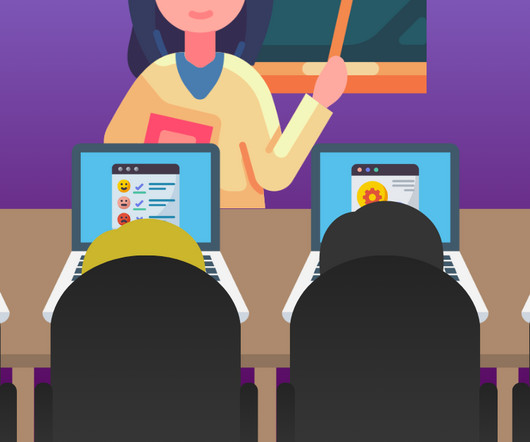

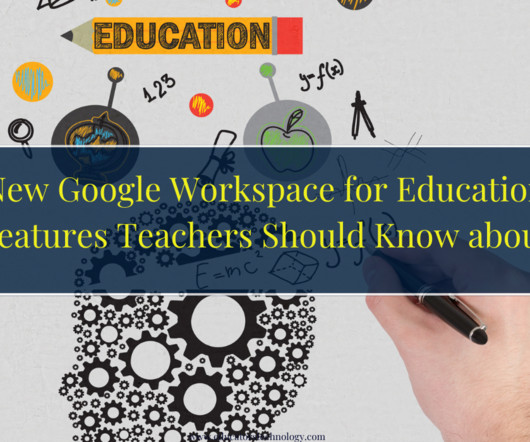


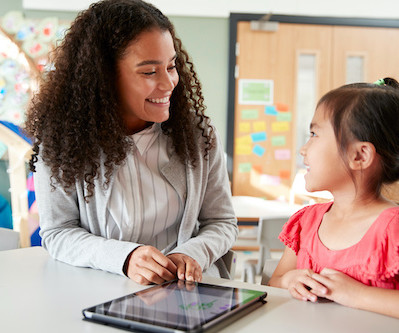





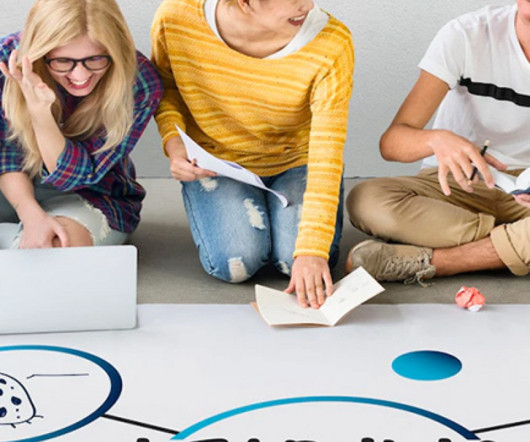

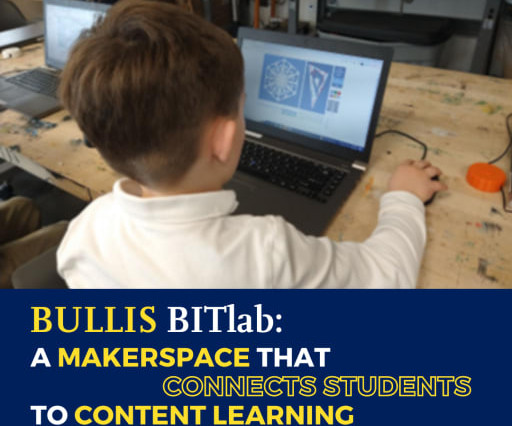














Let's personalize your content